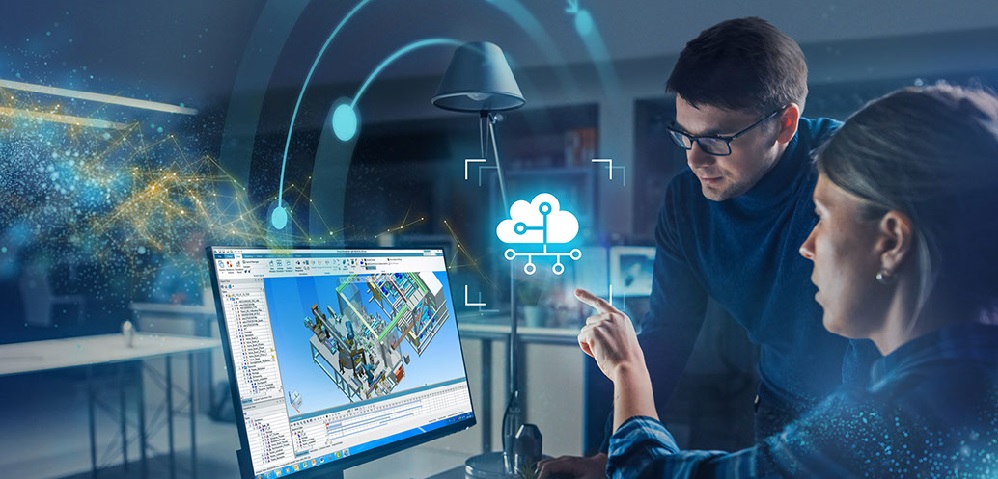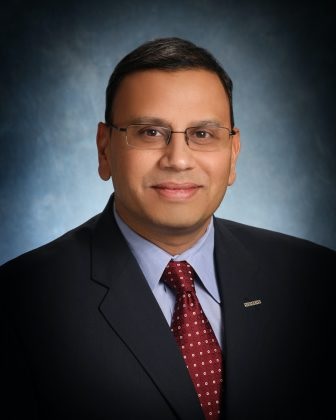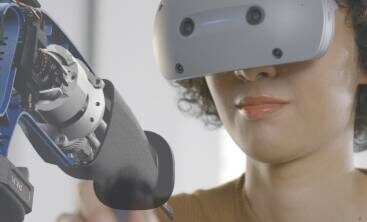Machinery benefits of a Multi-Disciplinary Design

In a recent article in Digital Engineering 247 magazine, Rahul Garg, VP of Industrial Machinery and the SMB Program for Siemens Digital Industries Software, discusses the complex machine building process in the industrial machinery industry. In the past, the focus was on mechanical CAD and the functioning assembly and arrangement.

Today’s sophisticated machines are mechanical geniuses; however, electrical power has been a part of motors, rotary equipment, and camshaft gears in the last two decades.
Read the article.
It is crucial for engineering disciplines to work together to ensure a design is completed on time and cost-effectively manufactured and commissioned. Therefore, manufacturers are leveraging a multi-disciplinary design approach for improved efficiency, using a multi-disciplinary design to assess engineering design and manufacturing machine-building complexities.
The multi-disciplinary design combines all capabilities and skillsets to advance machine engineering into a collaborative environment, paying dividends in machine design output quality with all areas working collaboratively. Machinery companies are aggressively condensing timelines to deliver complex machinery to market. In turn, there is a significant effort to provide simulation into the design process, including a multi-discipline domain, finite element analysis, computational fluid dynamics, vibration and harshness.
As companies move towards a collaborative approach, the conventional processes cannot be forgotten without migration. For example, when new technologies are adopted, machinery and automation companies must not consume them simultaneously because they cannot sustain them culturally. But we are witnessing companies adopting these innovations effectively.
Also, virtual machine simulation and commissioning is another significant benefit of adopting a multi-disciplinary approach to machine design. This technology refers to how a machine proves or validates the software code in the virtual world before physically operating on the factory floor.
The software is driving the machines. Therefore, when you simulate the code running on a virtual twin of the machine, it generates considerable dividends in time and resources. Additionally, validations of the PLC software are in a managed environment using virtual commissioning, with an entire modular product development strategy. So, machine builders can perform the simulation upfront and link the software to the modules.
Siemens Digital Industries Software drives the transformation to enable a digital enterprise where engineering, manufacturing, and electronics design meet tomorrow.
Xcelerator is a comprehensive, integrated portfolio of software, services and an application development platform. The portfolio accelerates the transformation of businesses into digital enterprises. It unlocks a powerful industrial network effect – essential requirements to leverage complexity as a competitive advantage, no matter the industry or company, to transition seamlessly to create tomorrow’s complex, efficient machines.
Rahul Garg is Vice President of Industrial Machinery and the SMB Program for Siemens Digital Industries Software. He and his team are responsible for identifying and delivering strategic initiatives and developing solutions for the industry, working closely with industry-leading customers and providing thought leadership on new, emerging issues facing the machinery industry. Rahul’s experience and insights are derived from a 25-year career of delivering software-based solutions for product engineering and manufacturing innovation for the global manufacturing industry. He has held leadership positions in multiple areas, including research and development, program management, sales and P&L management, having focused exclusively on the industrial machinery and heavy equipment industry since 2007. Rahul holds a master’s degree in Computer Science from Wayne State University, with a concentration in Operations Management and Strategic Marketing, as well as a Bachelor of Computer Engineering degree in Computer Engineering from Bombay University.


